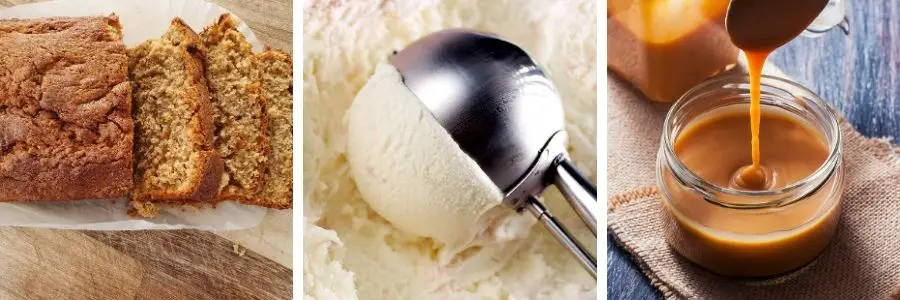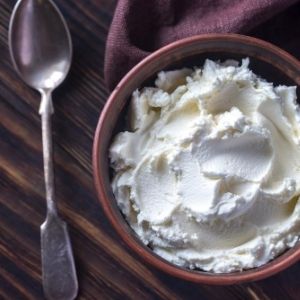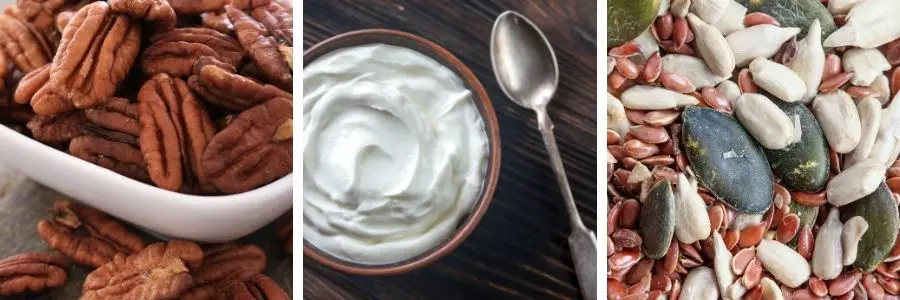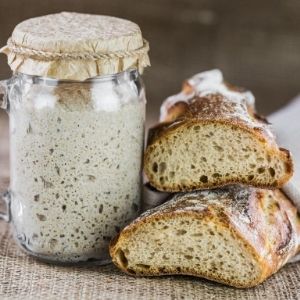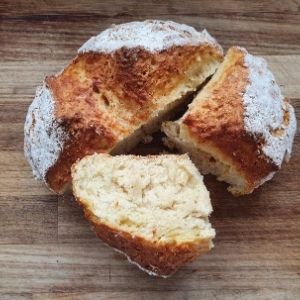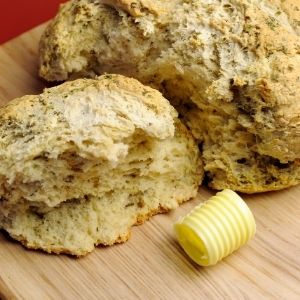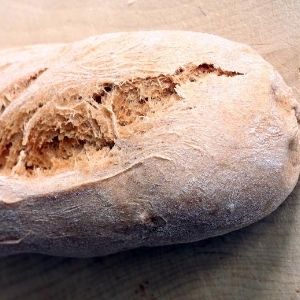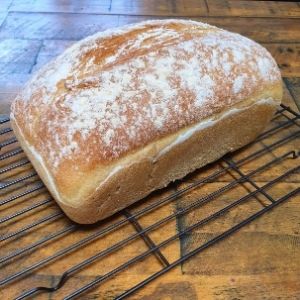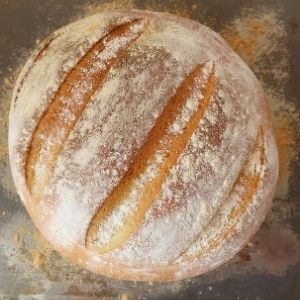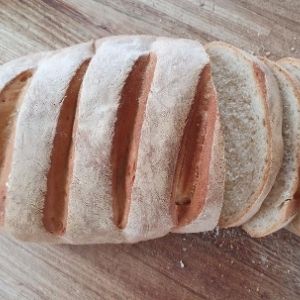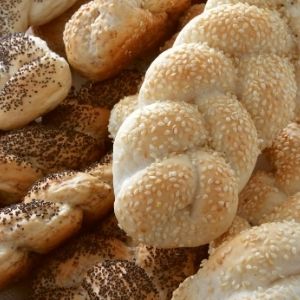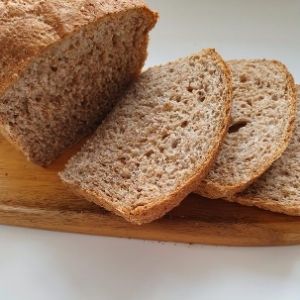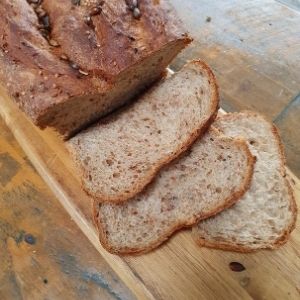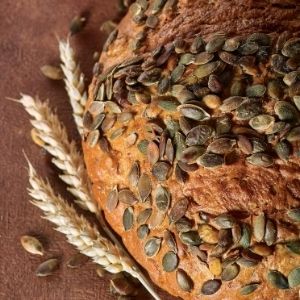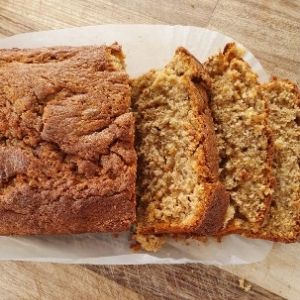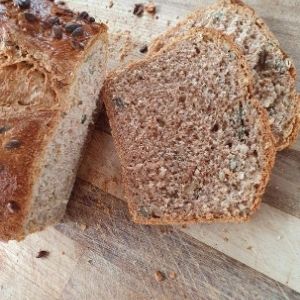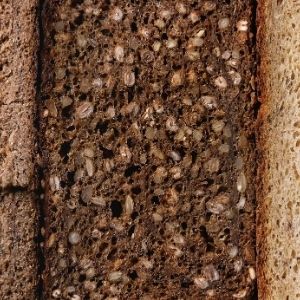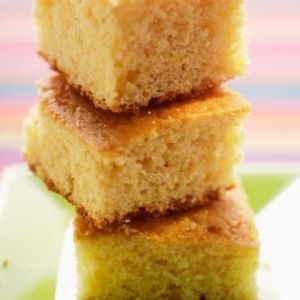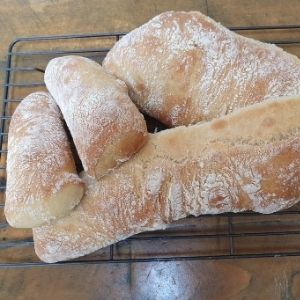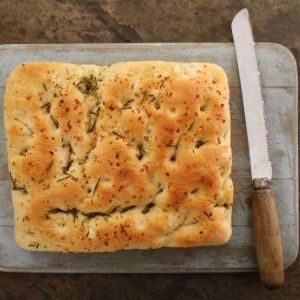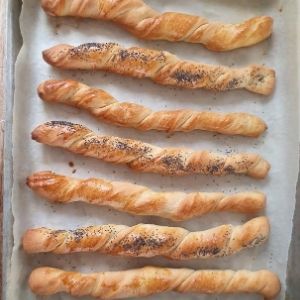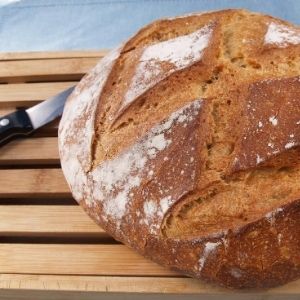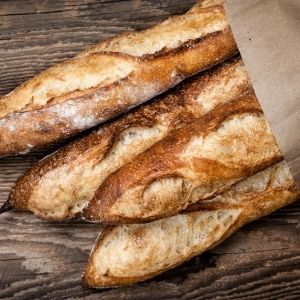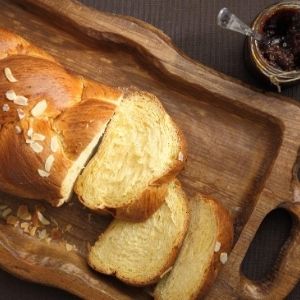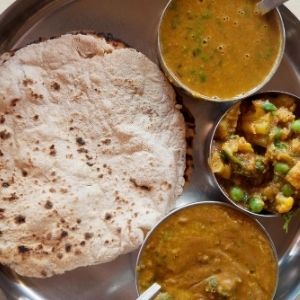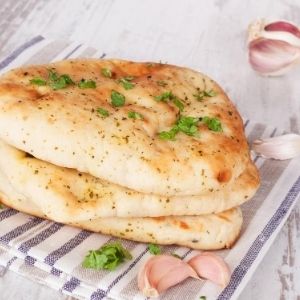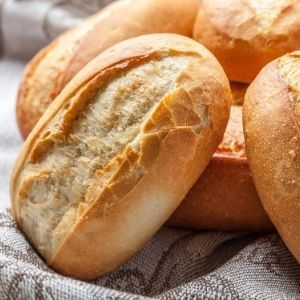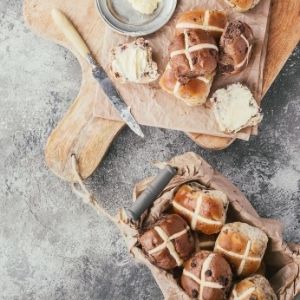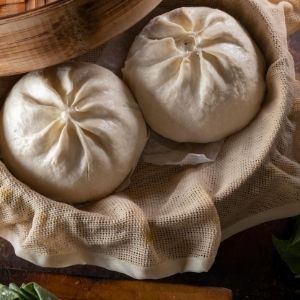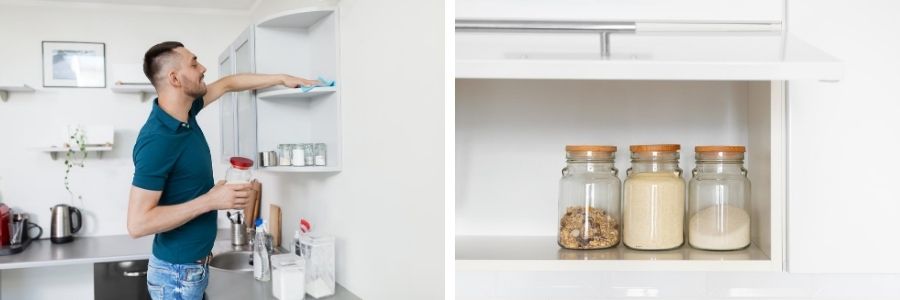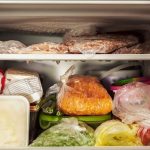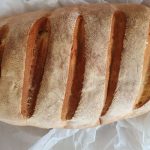Banana bread has become massively popular over the last few years and what’s not to like, it’s a great way to use up banana’s that you’d usually throw away and it tastes amazing. But is banana bread good if you’re on a diet?
The simple answer is no, banana bread is not good for dieting especially if you’re on a low carb or low-calorie diet. Most recipes for banana bread contain a large amount of sugar and banana bread is high in calories and carbs.
That doesn’t mean you can’t eat it because like all treat foods, everything in moderation is fine, but if you’re dieting don’t be mislead by the fact banana bread contains fruit.
It’s not all bad though, banana’s do contain nutrients which are good for you and there are ways to reduce the calories in banana bread and ways to increase nutrient and fibre content too. Read on to find out more…
Why is banana bread bad for you?
Banana bread is not bad for you as such, it’s just not so great if you’re on a diet or trying to lose weight.
This is because banana bread is high in calories and for most diets would use up a bulk of a calorie or carb allowance.
Most banana bread recipes are high in sugar, which is due to the refined sugar which is added to the recipe and natural sugars which are found in bananas.
Many low carb diets such as Keto, recommend avoiding bananas as a fruit because they’re high in sugars and carbs.
It’s not all bad though, because bananas are high in potassium which helps our bodies to regulate fluid levels and helps our heart, muscles and nerves to function properly.
Bananas also contain fibre which aids digestion, vitamin B6 which helps the body use and store energy and vitamin C which helps to protect cells and boost immunity.
Nutritional value of banana bread
There are generally two types of banana bread, yeast and no yeast. The yeast version of banana bread is made by using yeast to leaven (rise) the bread, this produces a drier and chewier loaf.
Most recipes which you will come across will be the no yeast version where the bread is leavened with either self-raising flour or baking powder.
This method is more popular because it produces a moister cake-like crumb which tends to be more flavoursome.
The information in this post relates to banana bread using the none yeast version of banana bread.
The table below lists the nutritional value of this banana bread recipe, which contains 10 servings of the following ingredients:
- 4 very ripe medium bananas
- 125g Caster sugar
- 100g Soft brown sugar
- 140g Butter
- 2 eggs
- 1tsp ground cinnamon
- 1tsp mixed spice
- 250g Self raising flour
- 2tbsp milk
| Nutrition type | Amount per serving |
| Calories | 335kcal |
| Fat | 13g |
| Saturated fat | 8g |
| Cholesterol | 63mg |
| Carbohydrates | 52g |
| Protein | 5g |
| Sodium | 118mg |
| Sugar | 28g |
| Calcium | 29mg |
| Potassium | 223mg |
| Vitamin A | 428IU |
| Vitamin C | 4mg |
| Iron | 1mg |
| Fibre | 2g |
Does banana bread make you gain weight?
The banana bread its self doesn’t make you gain weight.
The body gains weight when more calories are eaten than the body can burn throughout the day though movement and natural body functions.
So having a slice of banana cake won’t make you instantly gain weight, it’s fine in moderation and depending what else you’ve eaten that day.
Can you make banana bread more healthy?
There are ways you can make banana bread more healthy in that you can increase the nutrient and fibre content, reduce fat and sugars.
It’s difficult to reduce the carb content by a considerable amount because of the bananas and the element of carbs needed for flavour.
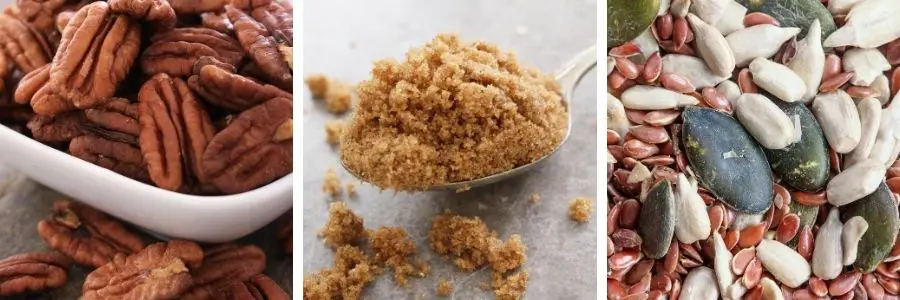
Below are some ideas to make banana bread more healthy:
1- Change from white flour to wholemeal or brown flour
Changing from white flour to wholemeal is a good way to increase the number of nutrients in the banana bread recipe.
While the calorie and carb value is the same in both types of flour, changing to wholemeal will provide the following benefits:
- Higher fibre content – unlike white flour, part or all of the whole grain is used in brown flour and has many benefits including a healthier digestive system and heart.
- An increased amount of B vitamins – B vitamins are good for our bodies for many reasons including cell health, digestion and the production of red blood cells.
- Natural source of iron and calcium – in the UK, Iron and calcium are added to white flour, but in brown flour, this isn’t required because it occurs naturally.
It’s worth noting that brown flour absorbs more liquid than white flour, so you may need to add a little milk to loosen up the mix and to avoid a dry banana bread.
2- use margarine or baking spread instead of butter
Although I’m not a big advocate of margarine, it is lower fat than butter, so if you’re looking to reduce the calorie count of your banana bread you could look at making this swap.
Another benefit to using margarine or baking spread such as stork when you’re making cake-like banana bread the end result will be lighter and fluffier than it would with real butter.
3- Reduce the sugar content
Although there isn’t really another sugar we could use which could be lower in calories, a sugar alternative could be used in replacement of some or all of the sugar content.
Sugar alternatives vary in flavour and proportions which should be used to replace a specific amount of sugar in a recipe, but if this is something you want to do, it’s worth experimenting with your favourite sugar alternative.
Some recipes use honey instead of sugar, although honey does contain some good nutrients, it’s actually higher in calories per teaspoon full than sugar.
While there are ways to reduce the sugar content in banana bread, there is still a high level of natural sugars in the bananas.
You can reduce the amount of banana you use, but this could lead to less flavour and drier bread texture.
4- Add nuts and or seeds to the banana bread recipe
Nuts won’t increase the calorie count of banana bread, in fact, they will increase it because nuts are high in calories and natural oils, but they will provide fibre and nutrient benefits.
Here are some ideas of how you can add nuts and seeds to a banana bread recipe:
- Chopped pecans – good for flavour, both within the mix or chopped on top of the bread.
- Walnuts – work really well chopped up in the banana bread mix.
- Mixed seeds – add a handful of mixed seeds to the banana bread mix or sprinkle some over the top before you bake for a nutty flavour and texture.
TIP: Not sure if you have all the necessary bread baking equipment at home? Check out my recommended picks below (Amazon links):
-
- Scale: Nicewell 22lb Digital Kitchen Scale
- Mixing Bowls: OXO Stainless Mixing Bowls Set
- Pastry Scraper: OXO Stainless Pastry Scraper
- Loaf Pan: OXO Non-stick Loaf Pan
- Kitchen Thermometer: ThermoPro Digital Thermometer
- Stand Mixer (optional): Kenwood Kmix Stand Mixer
Until next time…
I hope this post has helped you understand more about the nutritional downsides and upsides of banana bread.
If you want to find out more about banana bread, you may like to read the following articles:

